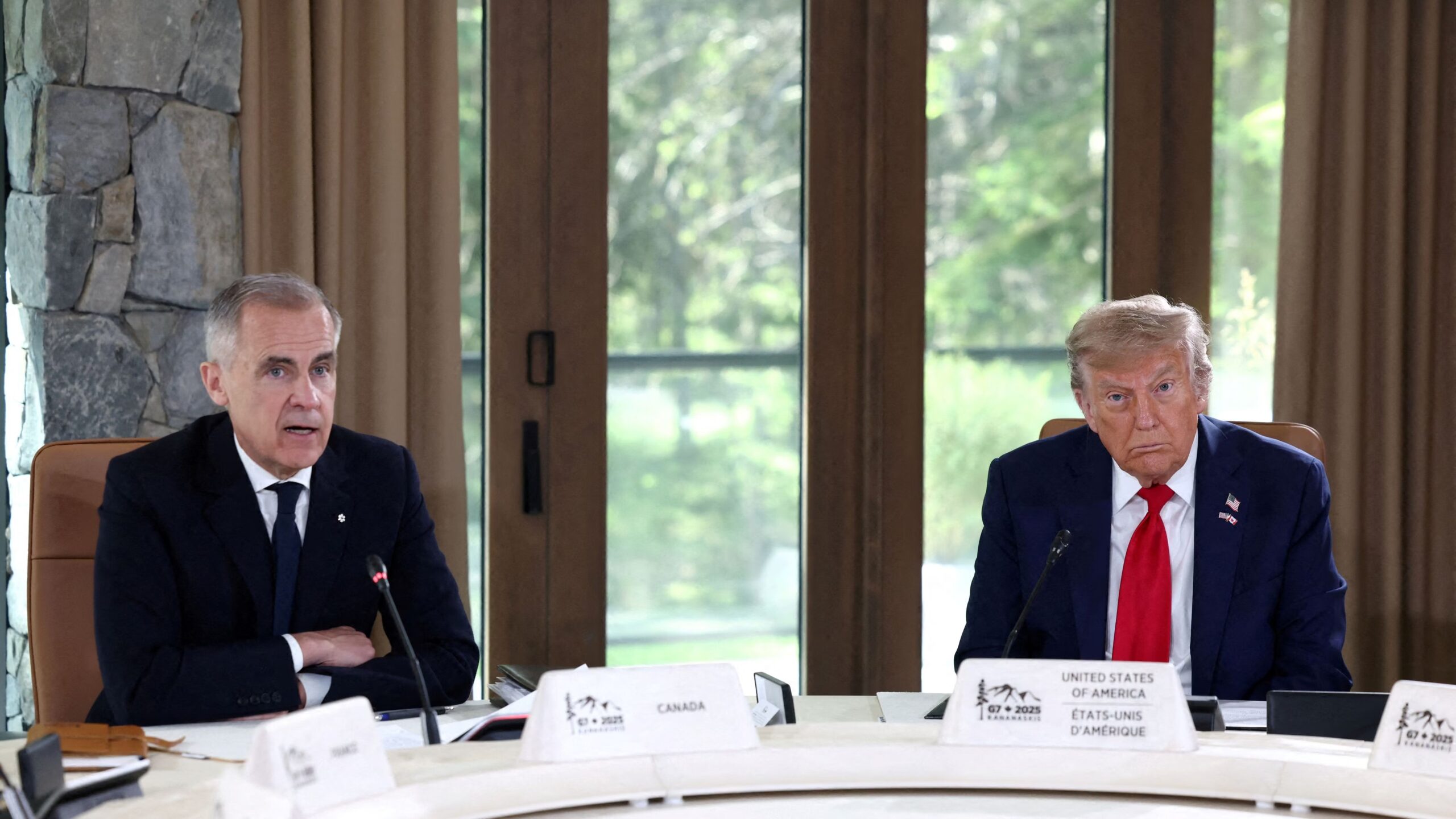
President Donald Trump predicted that Canadians will resume traveling to the United States once a trade agreement is successfully reached. While meeting with Prime Minister Mark Carney in the Oval Office on Tuesday, President Trump acknowledged he understands why many Canadians are currently refusing to visit.
Trade War and Tourism Decline
President Trump’s trade war and repeated jabs about the U.S. acquiring Canada (making it the 51st state to avoid tariffs) have clearly alienated Canadian travelers. According to Canada’s national statistical office, there has been a 23% drop in Canadian visits to the U.S. during the first seven months of the year compared to the same period in 2024. Trump said he understands the backlash, but predicted a resolution: “It’s something that will get worked out. There’s still great love between the two countries.” He insisted the problem is that both countries “are competing for the same business,” which is why he often mentions the “very easy way” to solve it—implying his annexation threats. Prime Minister Carney was diplomatic, responding, “It’s not bad. They’ll come back.”
Prime Minister Carney’s second visit to the Oval Office came ahead of next year’s review of the United States-Mexico-Canada Agreement (USMCA) and at a time when one of the world’s most amicable alliances has been fractured by President Trump’s trade war and annexation threats. Trump indicated he was open to extending the USMCA through renegotiation or seeking “different deals,” stating he wants whatever is best for America’s position.
Carney went into the meeting hoping to secure relief from sector-specific tariffs imposed by Trump, known as Section 232 tariffs, which include 50% tariffs on steel and aluminum imports. Following the meeting, Trade Minister Dominic LeBlanc described the talks as “successful” and “positive,” noting that Canada aims to get a deal done quickly on steel and aluminum. There remains widespread fear in Canada over the fate of the USMCA, which is critical since more than three-quarters of Canada’s exports go to the U.S.
‘Natural Conflict’ Versus ‘Mutual Love’
President Trump showed a fondness for Carney—a dynamic absent with Carney’s predecessor—but insisted there was a “natural conflict” between the two countries because they both want the same business. When asked why a deal had not been reached, Trump said, “We have natural conflict. We also have mutual love.” Carney politely disagreed with the word “conflict,” saying, “There are areas where we compete… But there are more areas where we are stronger together, and that’s what we’re focused on.” The President opened his remarks with a joking reference to a “merger” between the two countries.
Frank McKenna, a former Canadian ambassador to the United States, described the current relationship as being at a “low point.” McKenna noted that ordinary citizens are “voting with their feet” by canceling trips, with corporate leaders also moving executive travel away from the U.S., concluding that there “is an outright rebellion” by Canadians.
What The Author Thinks
President Trump’s use of tariffs and annexation threats to coerce a trade partner is a clear strategy of weaponizing economic policy for political and theatrical gain. While he acknowledges the 23% drop in Canadian tourism—a tangible consequence of his rhetoric—his prediction that “they will love us again” once a deal is struck reveals a transactional view of international relations. This approach risks permanently fracturing a durable alliance by subordinating diplomatic respect and mutual interests to aggressive, zero-sum trade negotiations and the President’s personal desire to be perceived as a dominant figure.
Featured image credit: Heute
For more stories like it, click the +Follow button at the top of this page to follow us.
